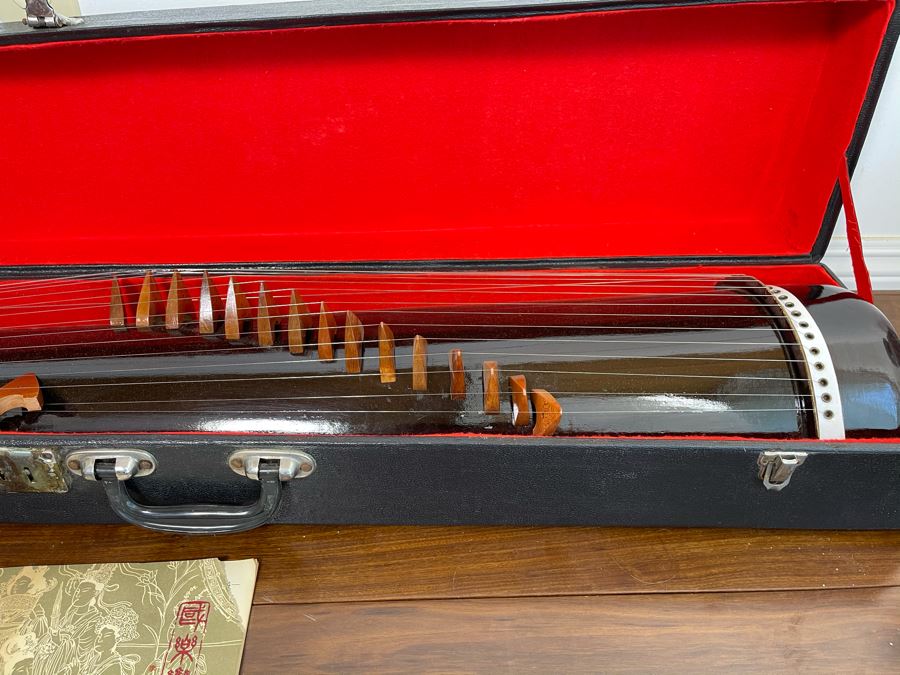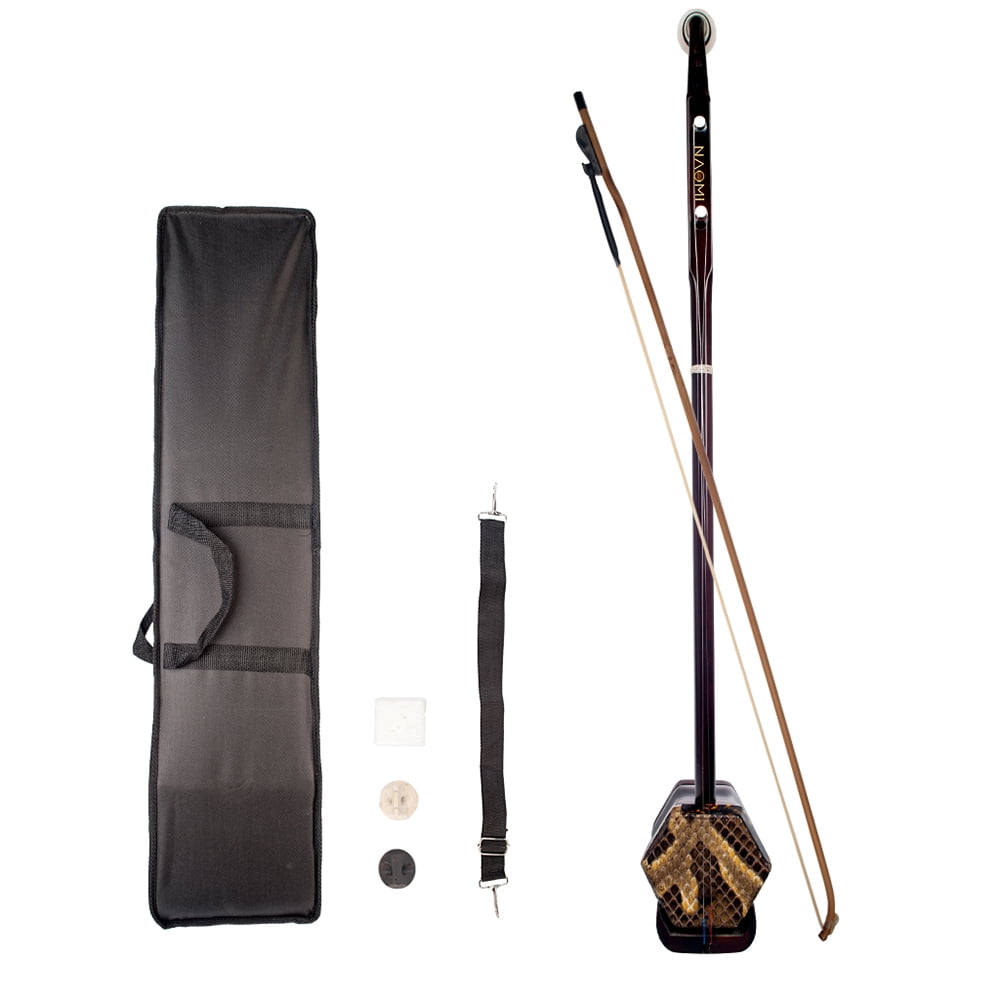

The larger of the two strings (the "male" string) has 130 hairs from a stallion's tail, while the "female" string has 105 hairs from a mare's tail. The underhand grip enables the hand to tighten the loose hair of the bow, allowing very fine control of the instrument's timbre. The bow is loosely strung with horse hair coated with larch or cedar wood resin, and is held from underneath with the right hand. The strings are made from hairs from nylon or horses' tails, strung parallel, and run over a wooden bridge on the body up a long neck, past a second smaller bridge, to the two tuning pegs in the scroll, which is usually carved into the form of a horse's head.Īt WOMADelaide festival in Adelaide, Australia in 2012. It is held nearly upright with the sound box in the musician's lap or between the musician's legs. The instrument consists of a trapeziform wooden-framed sound box to which two strings are attached. In western Mongolia it is known as ikil ( Mongolian: икил-not to be confused with the similar Tuvan igil)-while in eastern Mongolia it is known as shoor ( Mongolian: Шоор). Usually it is abbreviated as "Морин хуур", Latin transcription "Morin huur".

#Chinese two stringed instrument full
The full Classical Mongolian name for the morin khuur is morin toloğay’ta quğur, (which in modern Khalkh cyrillic is Морин толгойтой хуур) meaning fiddle with a horse's head. In Mongolian, the instrument is usually called morin khuur or "horse fiddle". The morin khuur is one of the Masterpieces of the Oral and Intangible Heritage of Humanity identified by UNESCO. It is one of the most important musical instruments of the Mongol people, and is considered a symbol of the nation of Mongolia.

The morin khuur ( Mongolian: морин хуур, romanized: morin khuur), also known as the horsehead fiddle, is a traditional Mongolian bowed stringed instrument. Sambuugiin Pürevjav of Altai Khairkhan performing in Paris in 2005.


 0 kommentar(er)
0 kommentar(er)
